Ford Wheel Alignments in Fairfield, CA
WHEEL ALIGNMENT IN FAIRFIELD, CA
To get the most out of your vehicle, you must treat it well. One of the most important but forgotten tasks is wheel alignment, which helps maintain overall performance and tire strength. Ford Fairfield is here to break down wheel alignment, the signs your vehicle may need one, and its importance to a driver. If you need an alignment for your Ford vehicle, give us a call at (707) 421-3300.

WHAT EXACTLY IS WHEEL ALIGNMENT?
Over time, the forces of braking, steering, and accelerating can cause discrepancies in the positioning of a car's wheels. Also known as wheel breaking or wheel tracking, wheel alignment is the task of adjusting the angle of the wheels to their ideal position. A wheel alignment should not be confused with a tire rotation, a separate but important task.
Generally, a car's wheels should be perfectly parallel to each other and perpendicular to the ground. Even a slightly wrong angle on one wheel might cause added friction. This could cause some tires to wear out faster and work less effectively. Some wheel alignment problems can even encourage suspension wear.
WHAT ARE THE PARTS OF A WHEEL ALIGNMENT?
When a wheel is aligned, it is simply being straightened into the desired position, under three different axes. On each wheel, three wheel parameters are checked and adjusted: the camber, toe, and caster.
What Is Wheel Camber Alignment?
Camber is a wheel's inward or outward angles as seen from the front of the vehicle. Positive camber is when the top of the tires are tilted away from the vehicle's center, and negative camber is when the top of the tires point toward the center. Neither is better than the other, but negative camber usually encourages dramatic motions for high-performance vehicles, while positive camber makes steering a bit more deliberate and secure. Most drivers find a neutral camber ideal.
What Is Wheel Toe Alignment?
Toe refers to the orientation of the tires with the vehicle's centerline as viewed from above. Said differently, it measures whether any wheels are turned slightly left or right. Since left and right are confusing when vehicles have two sides, toe-out means a wheel has one end tilted away from the vehicle's center, while toe-in refers to the opposite. Some vehicles, like race cars, use a toe-out position to help make dramatic turns, and some people choose to align toe-in if they prefer a slower, more gradual turn. For most vehicles and drivers, perfectly straight will serve fine.
What Is Wheel Caster Alignment?
Caster refers to a line produced by the higher and lower steering pivot points. If the line slopes toward the back of the car, it has a positive wheel caster. Negative caster, when the line slopes toward the front, makes steering more active but also encourages lane drifting.
A driver can have positive and negative levels of any of these three things. What matters is that all four wheels are aligned in a desirable, matching setup and that nothing is inhibiting performance.
WHAT ARE THE BENEFITS OF GETTING WHEEL ALIGNMENTS?
Wheel alignments will make your driving more comfortable, help you save money, and keep you safe. Let's have a look at some of the major benefits of getting your wheels aligned:
- It ensures proper stability in risky situations, such as poor weather.
- The general driving performance and maneuverability stay optimized.
- All four tires wear their treads evenly, so you get full use out of them.
- Over years, better performance and reduced suspension burden help lower your car's maintenance costs.
- Special alignment options are available for toe, camber, or caster to customize performance.
Nearly every major component that moves your car is affected by the quality of the wheel alignment. By staying on top of this relatively inexpensive service task, you can extend the life of your tires, suspension, and steering components, and even enhance your car's fuel economy.
WHAT ARE THE SIGNS THAT YOU NEED WHEEL ALIGNMENT?
Not only should you get your vehicle's tires aligned regularly, but you should also look for signs that your wheels need to be adjusted. You can spot the problem earlier and keep your vehicle's performance optimized. Some of the warning indicators are:
- The vehicle is pulling in one direction, especially when all the wheels are properly inflated.
- There's vibration in the steering wheel, which may indicate significant imbalance.
- All four tires wear their treads evenly, so you get full use out of them.
- Your steering wheel is not perfectly straight while driving forward, so check for whether you're potentially compensating for a misalignment.
- You have uneven tire wear, which means you might look for the same wear patterns on your front tires as you do on your rear tires.
HOW LONG DOES A PROFESSIONAL WHEEL ALIGNMENT TAKE?
In most cases, a wheel alignment takes about one hour, whether for a two-wheel-drive or four-wheel-drive vehicle. It will take longer if the suspension system, steering bushing, track rod, or other components have excessive wear or damage, or if something related needs to be replaced or repaired.
HOW FREQUENTLY SHOULD TIRE ALIGNMENT BE DONE?
How often to get tires aligned depends on the type of vehicle you own, your driving habits, and other factors. Most experts don't recommend going more than two years without at least having the alignment checked. The best thing to do, however, is to follow the service intervals recommended in your owner's manual, as those provide specific and optimal suggestions.
It's wise to pay attention to know the signs that you need tire alignment and watch out for them. Careful and relatively infrequent drivers may not have to seriously think about wheel alignment for one to two years. On the other side, cars that are performance-oriented or have larger wheels might need wheel and tire tasks handled more often.
We recommend visiting an empty parking lot or a flat road where you're free to drive for a while at a slow speed. Once you're confident that you're going perfectly straight, take your hands off the steering wheel. If begins to slip to one side, it's time to schedule a wheel alignment. With the help of our certified experts, Ford Fairfield has the expertise to address all your vehicle's service needs. Keep your Ford in superb condition and contact us today.
Service Specials
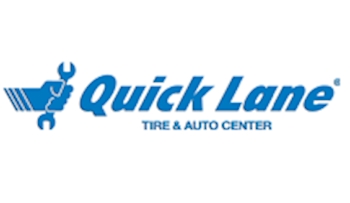
Get $20 Off
~ Drop off before 5:30pm and pick up next day by 8:00am. (Mon-Fri Only)
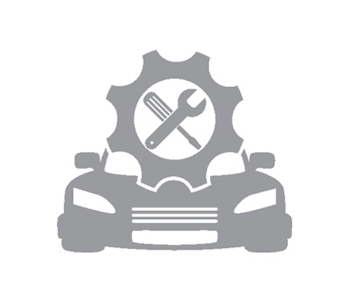
The Works
Includes: Synthetic Blend Oil Change, Tire Rotation & Pressure Check, Brake Inspection, Vehicle Checkup, Fluid Top-Off, Battery Test, Filter Check and Belts & Hoses Check
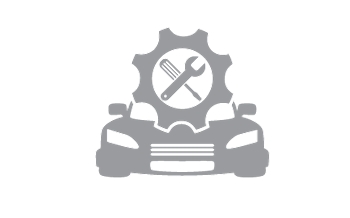
Wild Card
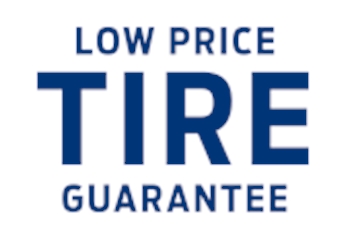
Low Price Tire
Why buy tires anywhere else, when your Ford Dealer offers all of this: • 13 major brands • 30-day price guarantee • All makes and models

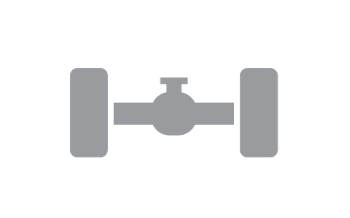
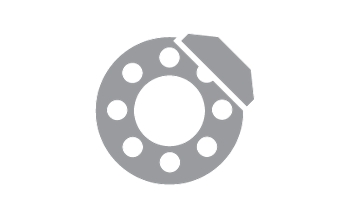

 Your Privacy Choices
Your Privacy Choices